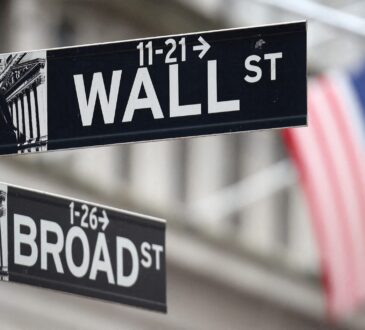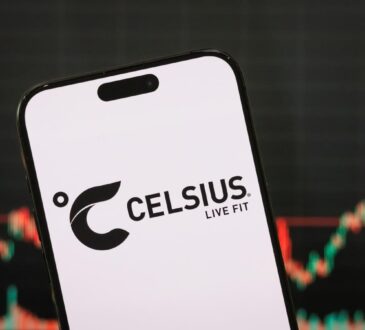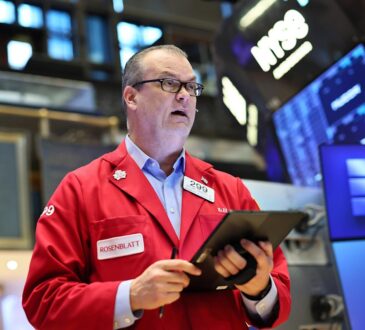
The Dow Jones Industrial Average rose 93 points, or 0.2%, as of 11:10 a.m. Eastern.
Consumer prices rose 2.6% in May compared with a year ago, according to the latest personal consumption expenditures index, or PCE. That signaled continued easing from a 2.7% reading in April and is sharply lower than the peak reading of 7.1% two years ago.
The PCE is the Fed’s preferred measure of inflation and the latest reading is encouraging for economists and investors who are hoping for rate cuts to help ease pressure on the market and borrowers. Wall Street is betting that the Fed will start cutting interest rates at its meeting in September.
Treasury yields were mixed in the bond market after initially losing ground following the latest signal of easing inflation. The yield on the 10-year Treasury, which influences interest rates on mortgages and other consumer loans, rose to 4.34% from 4.30% just prior to the release of the PCE data. The yield on the two-year Treasury, which more closely tracks expectations for Fed actions, fell to 4.71% from 4.72% jut prior to the data’s release.
The Fed raised interest rates to their highest level in more than two decades in an effort to tame inflation back to its 2% target. Other measures of inflation, including the well-known consumer price index, have also confirmed that pressure on prices has been easing.
Consumers are still feeling pressure from inflation, despite the significant easing from its peak, and recent data has shown that spending is weakening and weighing down economic growth. The Fed’s goal was to slow economic growth enough to cool inflation, but not so much that the economy slips into a recession.
The strong jobs market has been another big factor in driving economic growth, but that has also shown signs of weakening. Wall Street will get several updates on job openings and overall employment next week.
Nike tumbled 19.5% after the shoe and athletic wear company missed Wall Street’s revenue targets and cut its full-year sales guidance. Company executives said they expect sales to decline by single digits in the current fiscal year, citing a “challenging” environment.
Nike’s dour outlook dragged other athletic apparel companies down with it. Foot Locker fell 2%, Skechers lost 1% and Under Armour was down 1.8%.
More retailers, especially those focusing on discretionary items, have been warning about a slowdown in consumer spending. Consumers barely increased spending in May from April, according to the latest government retail sales report.
___
AP business writers By Yuri Kageyama and Matt Ott contributed to this report.




